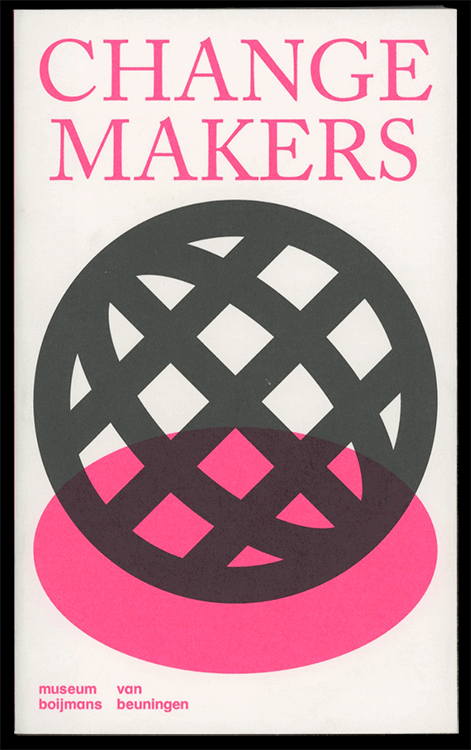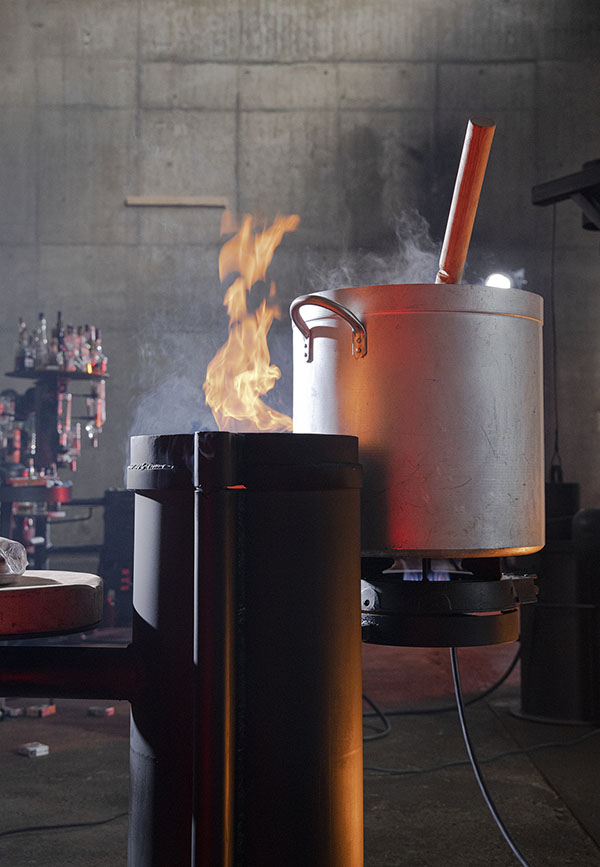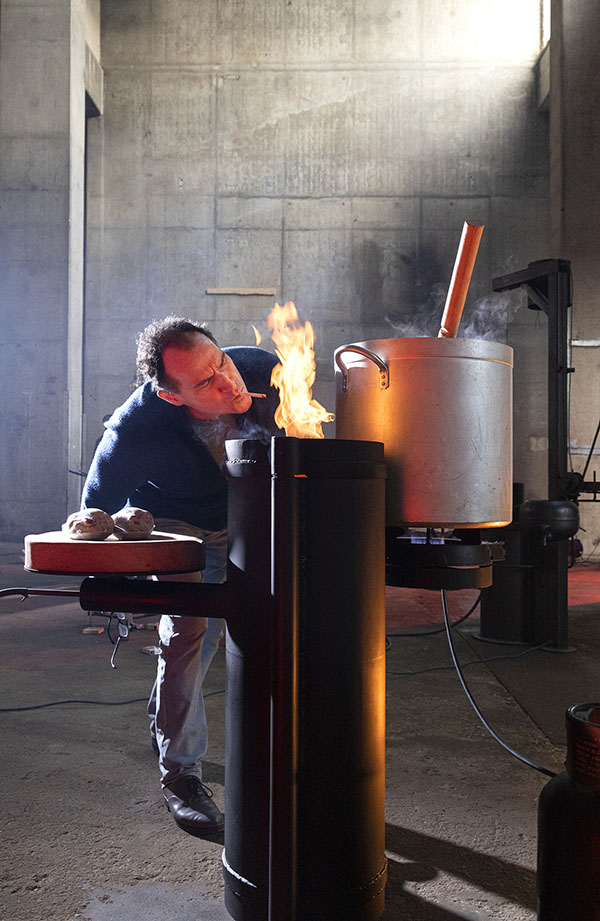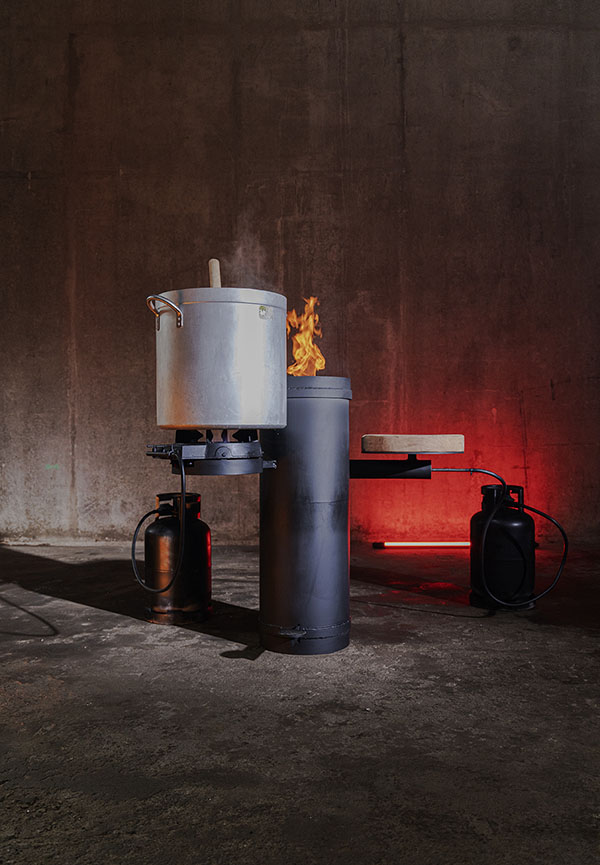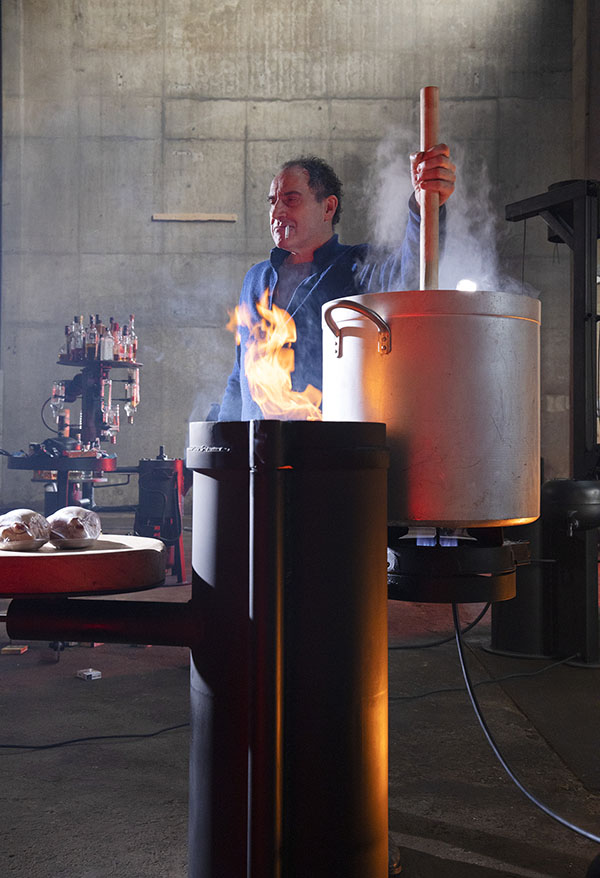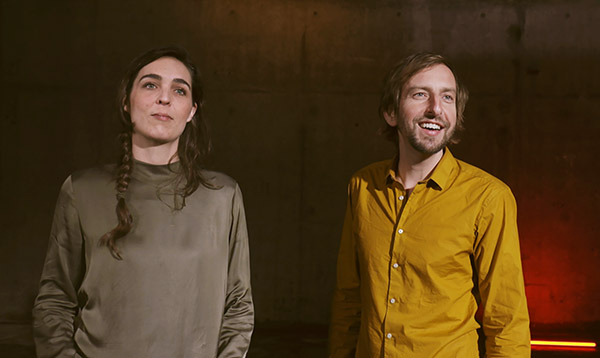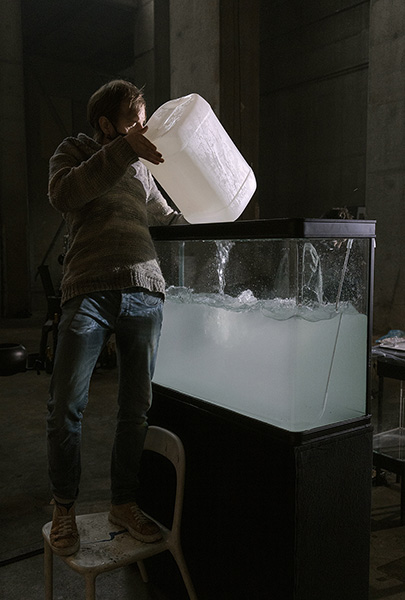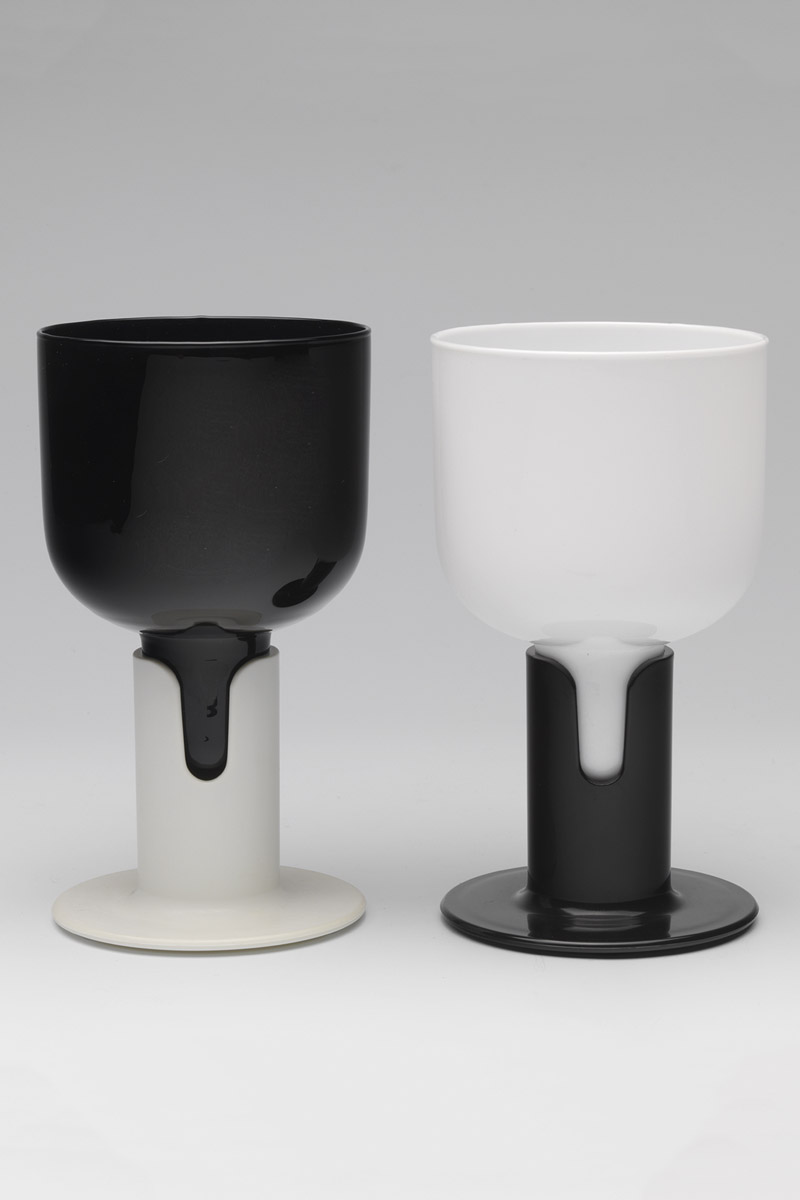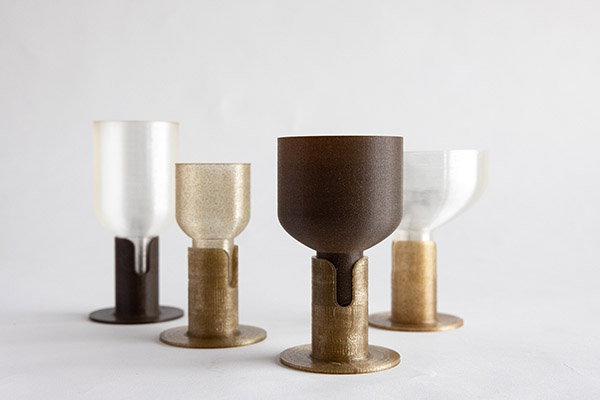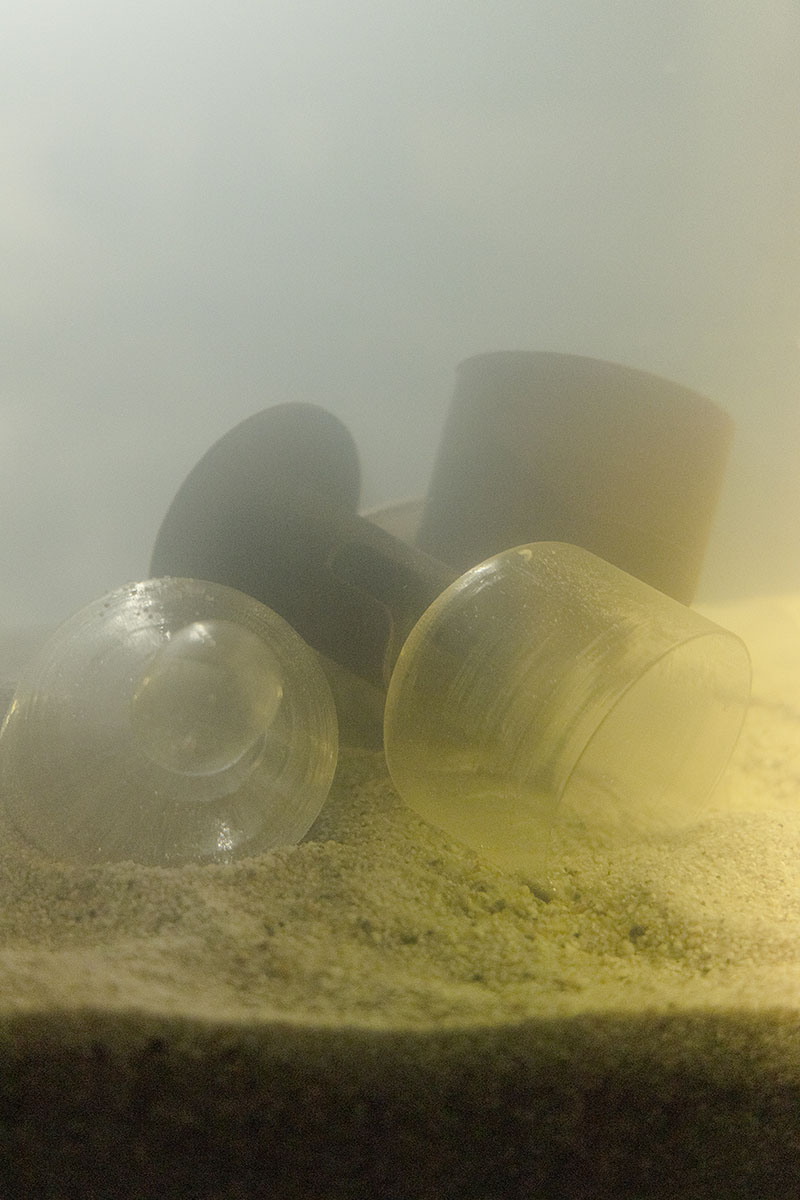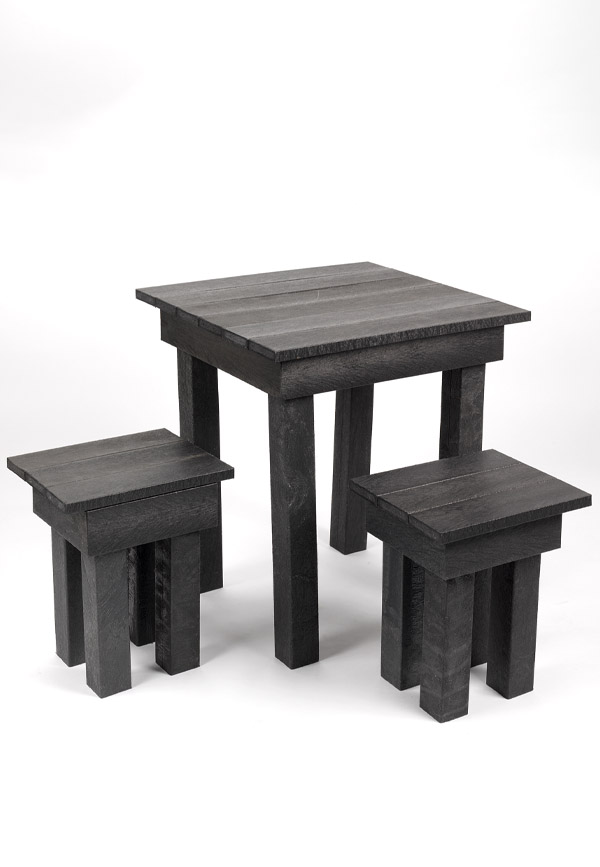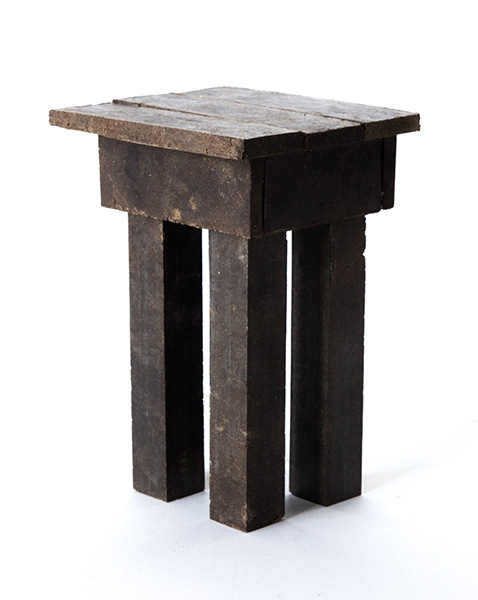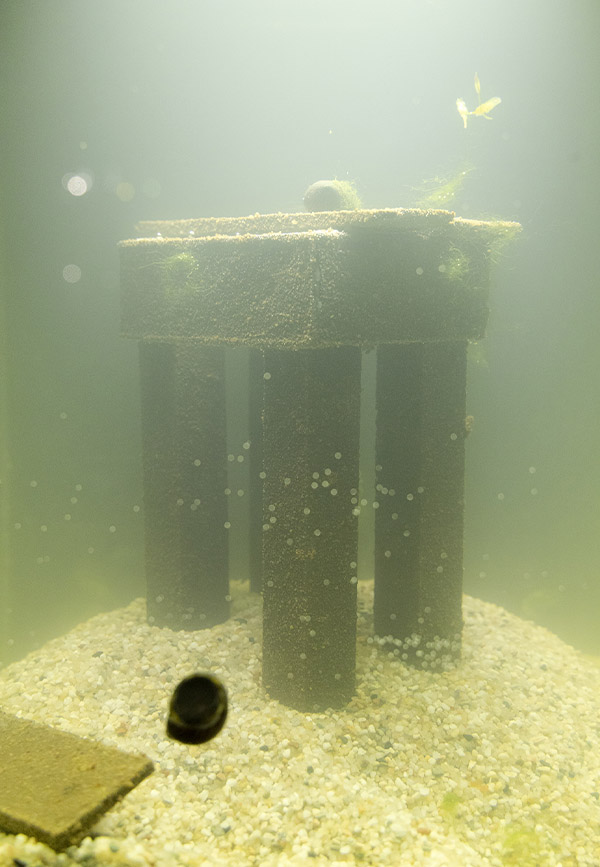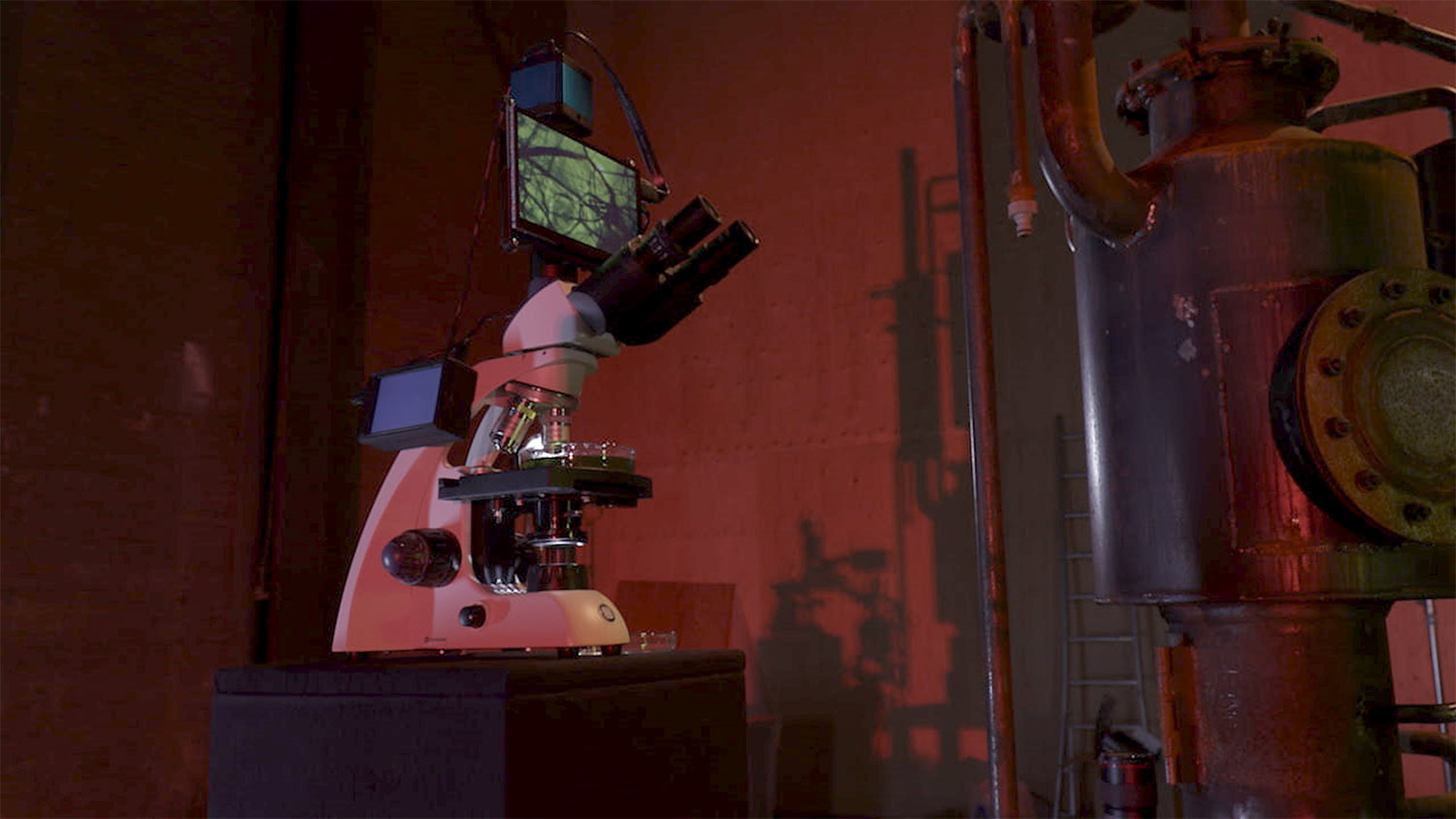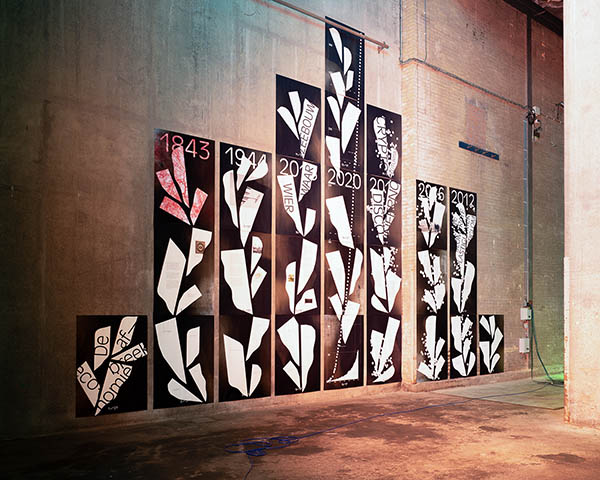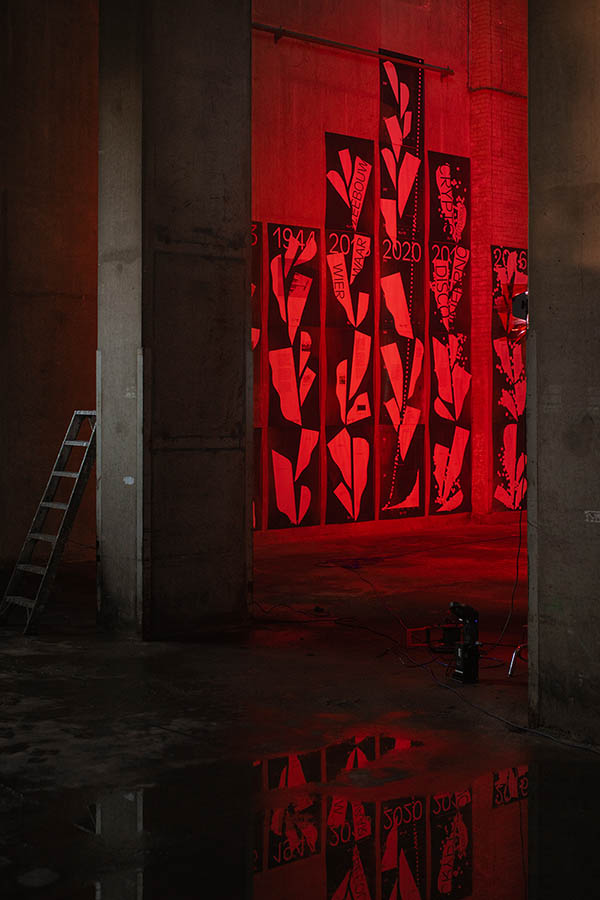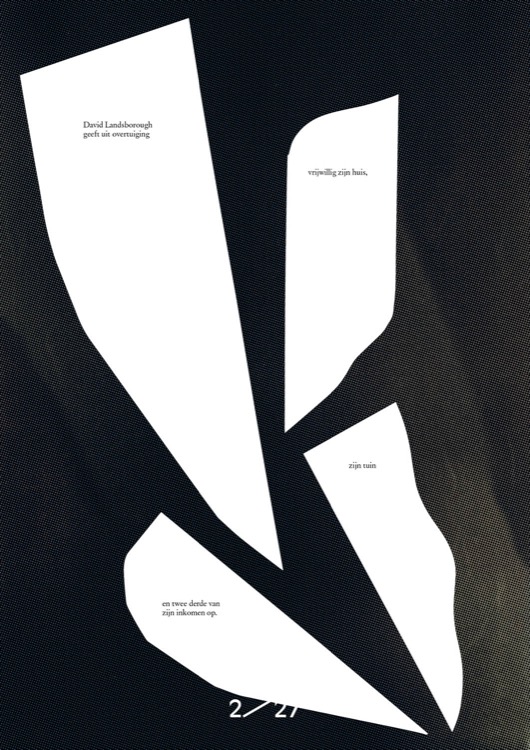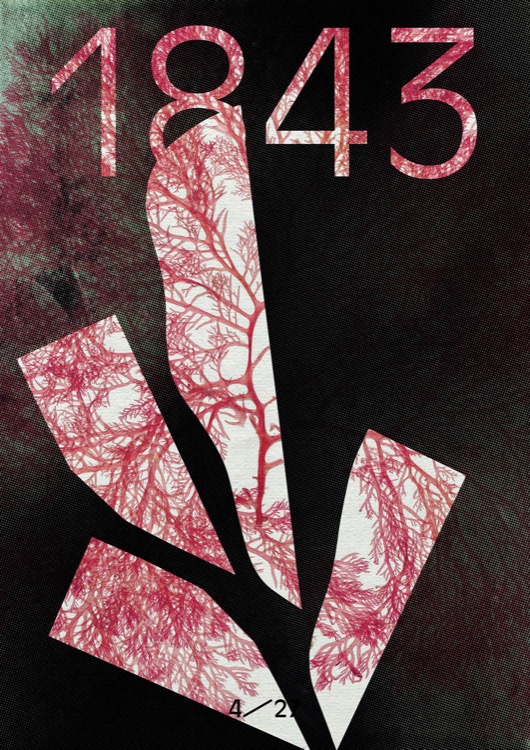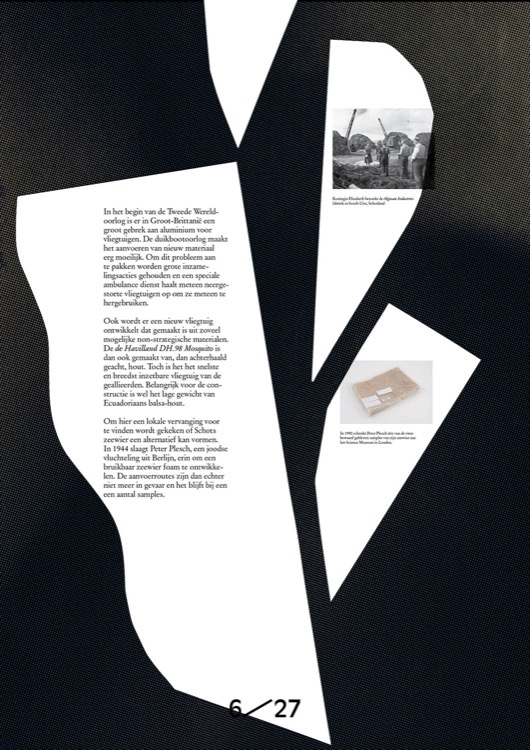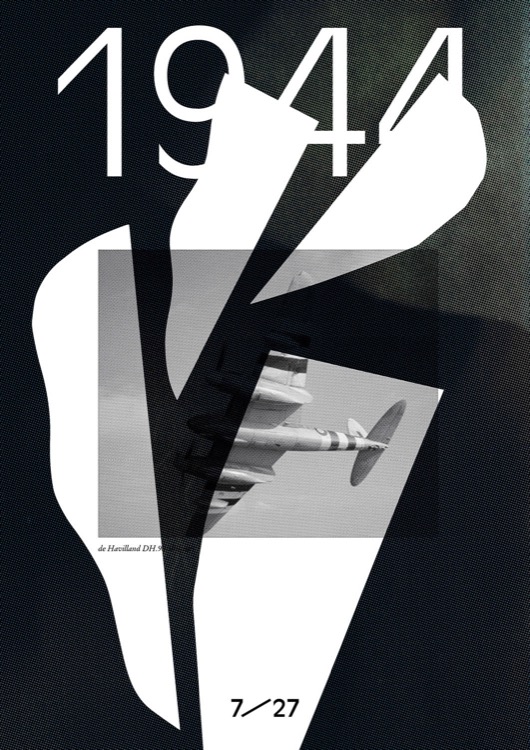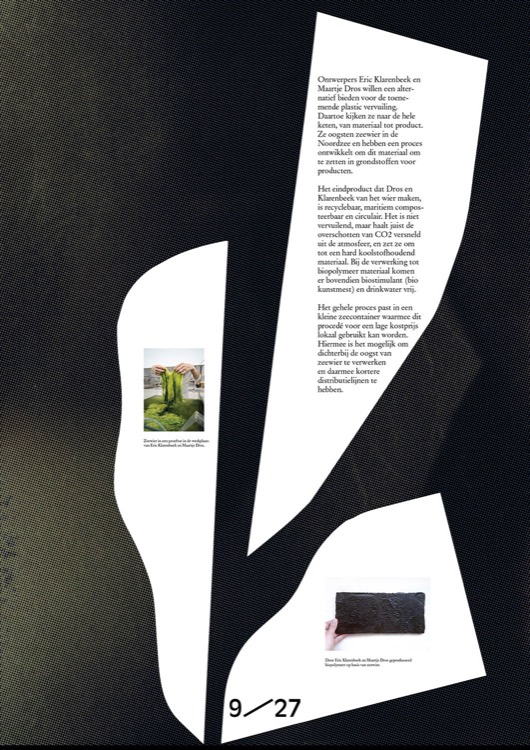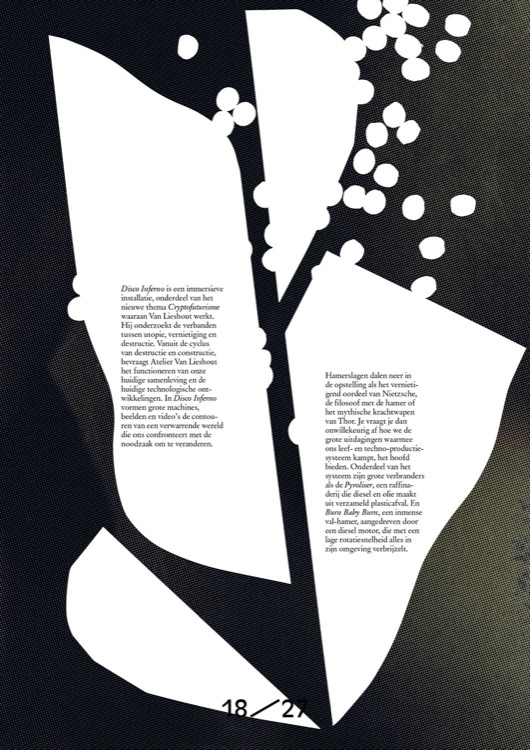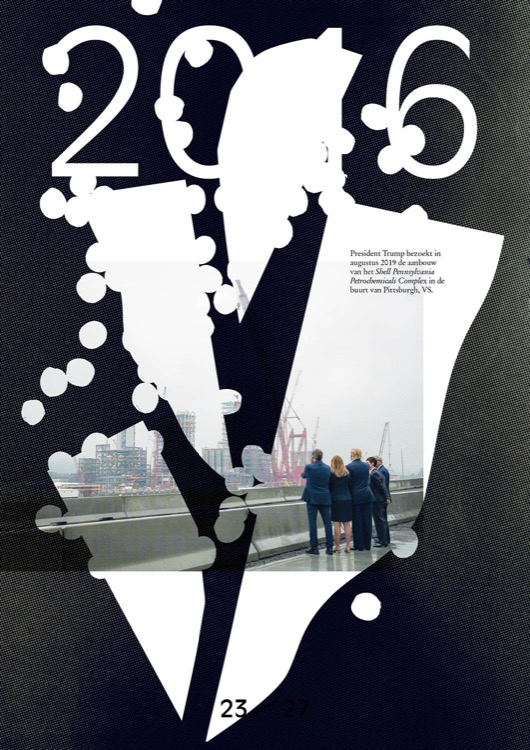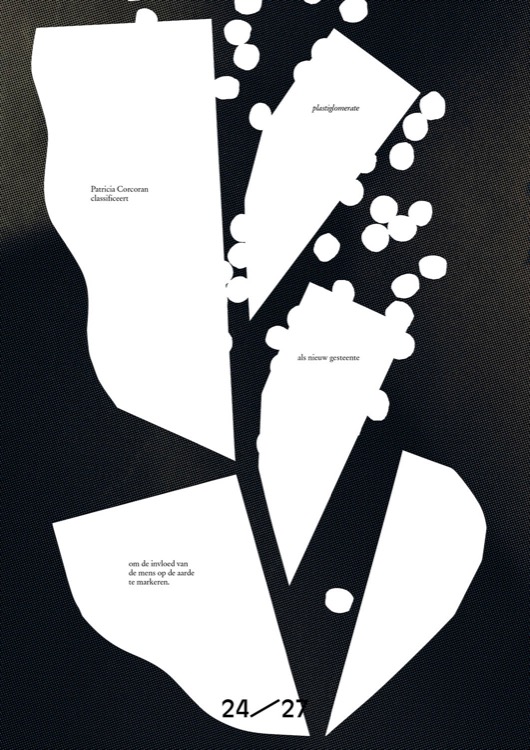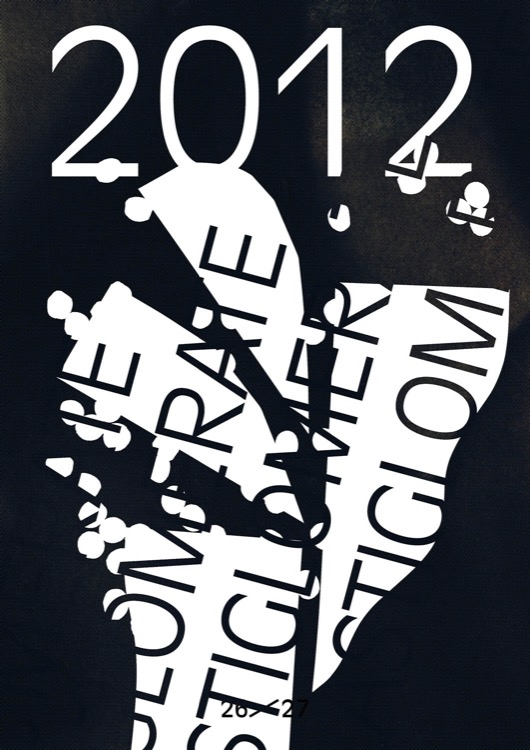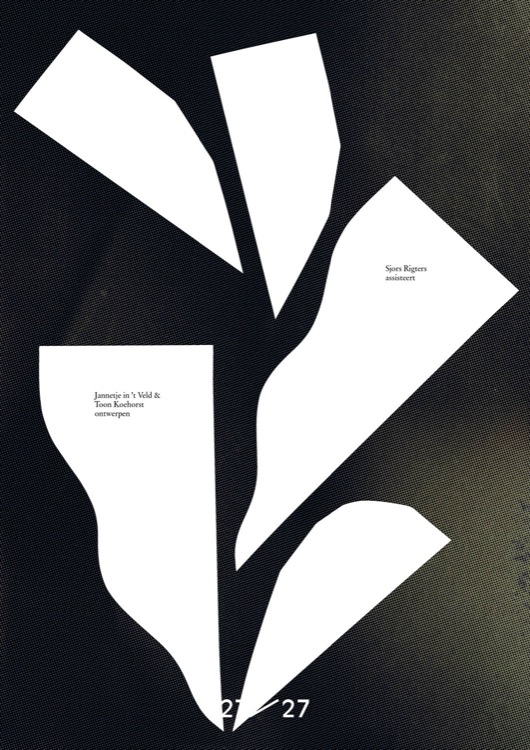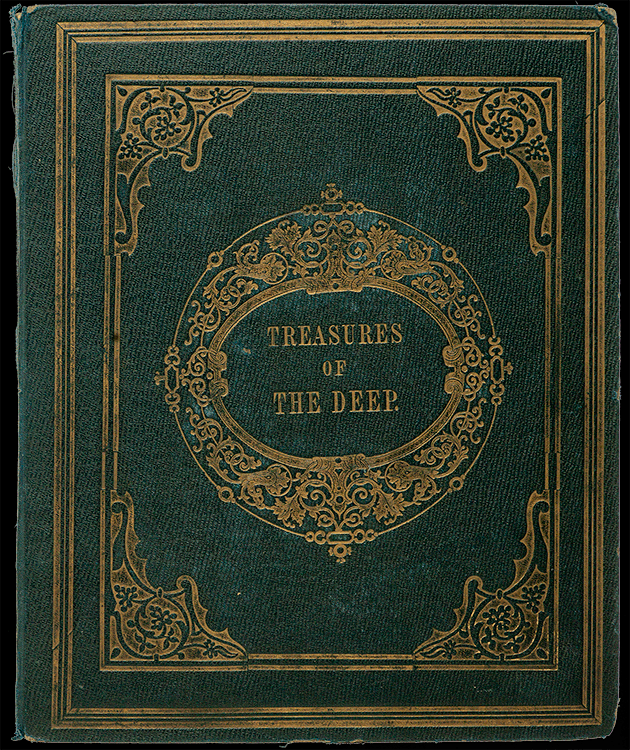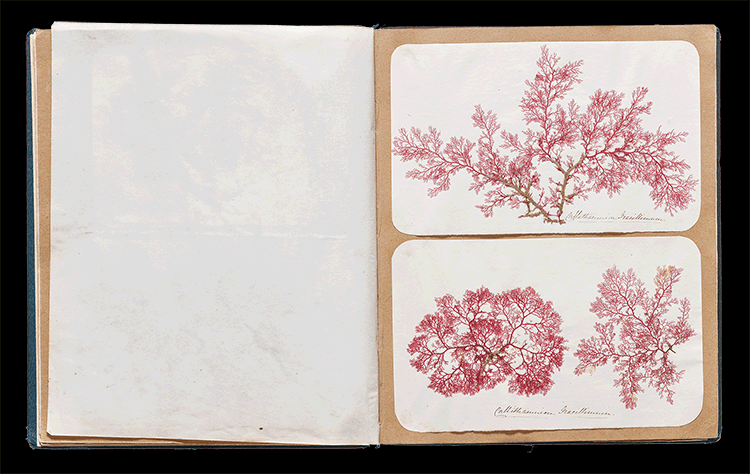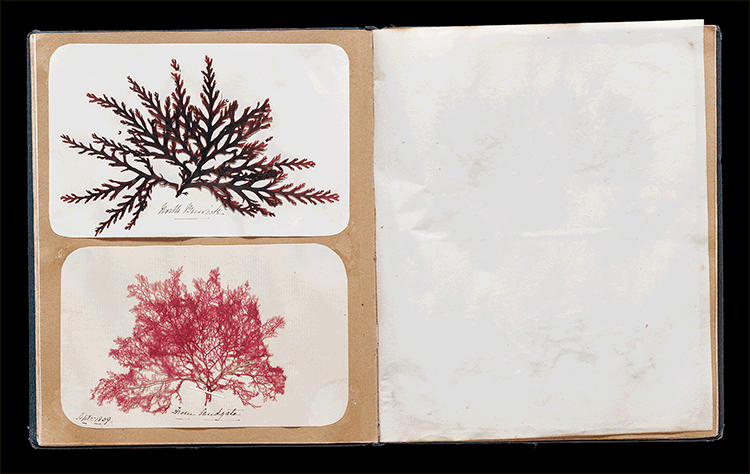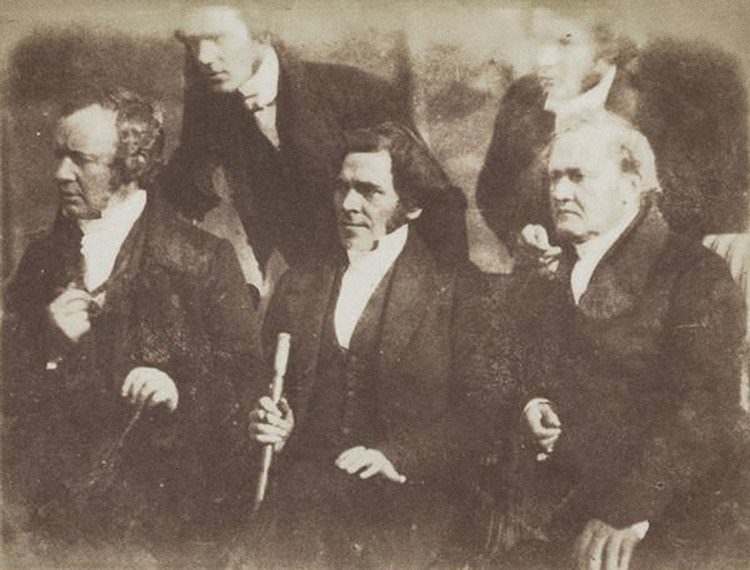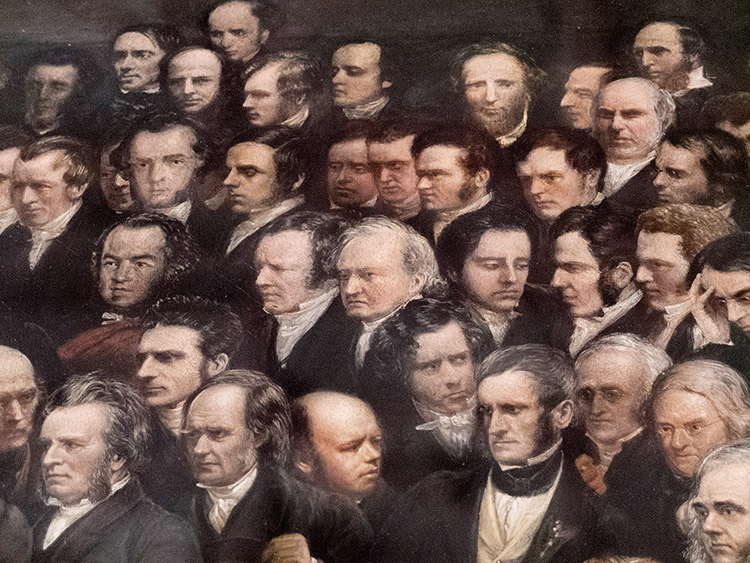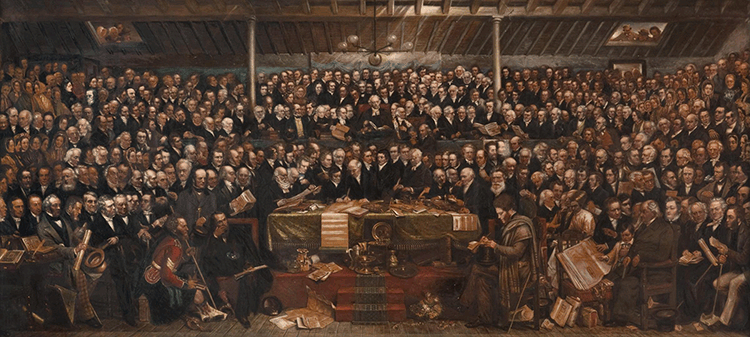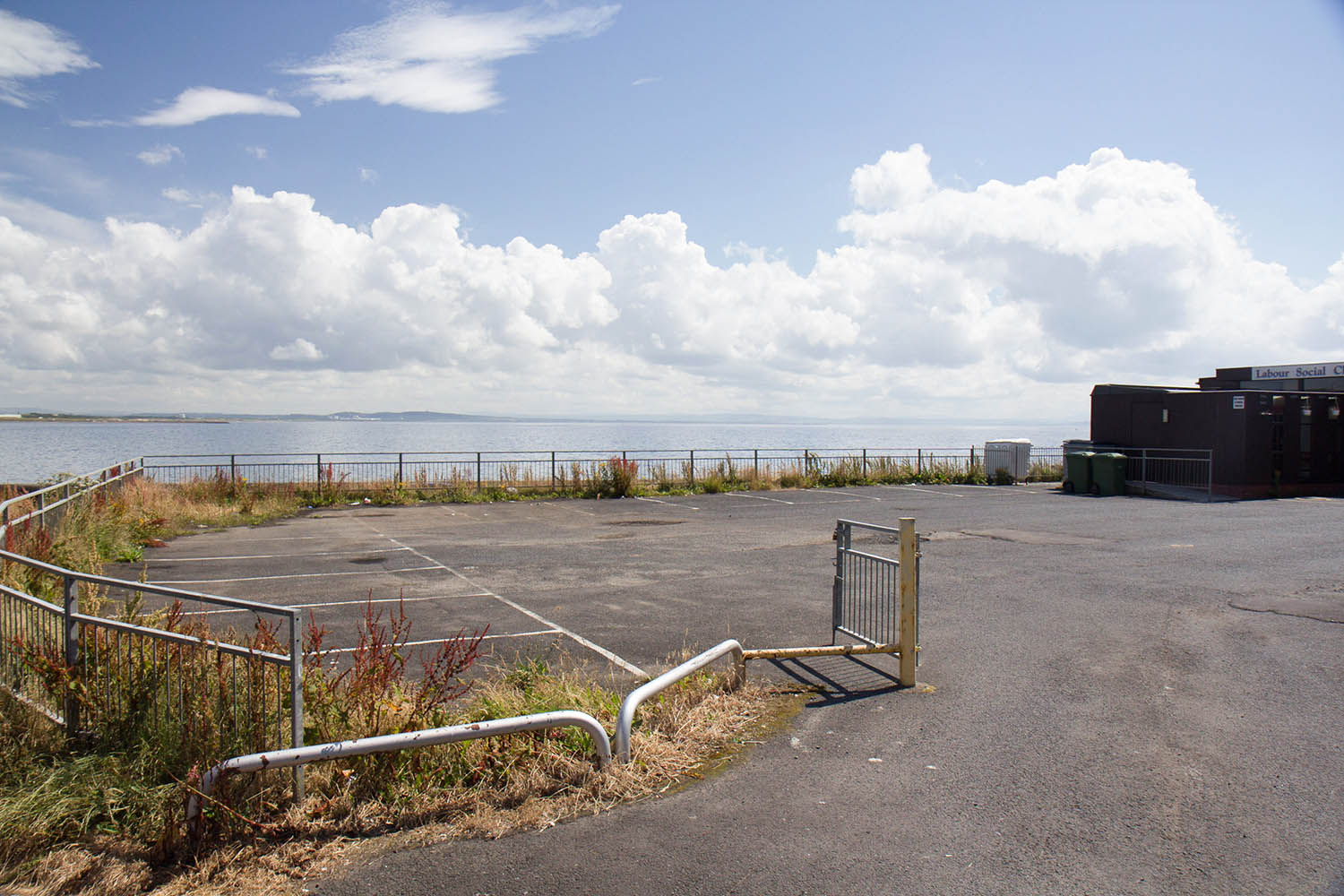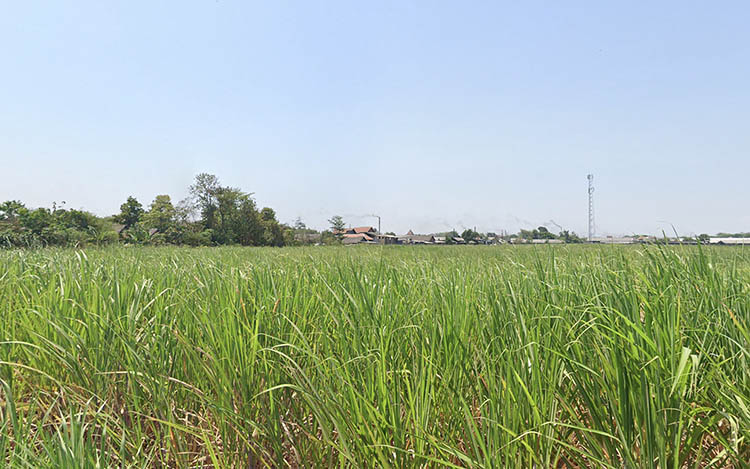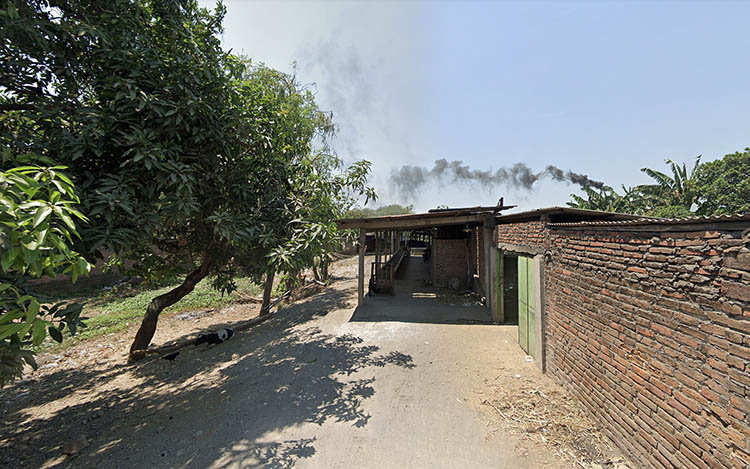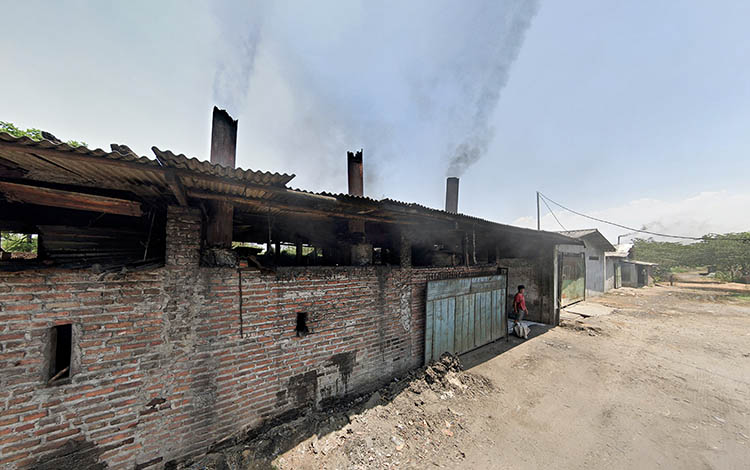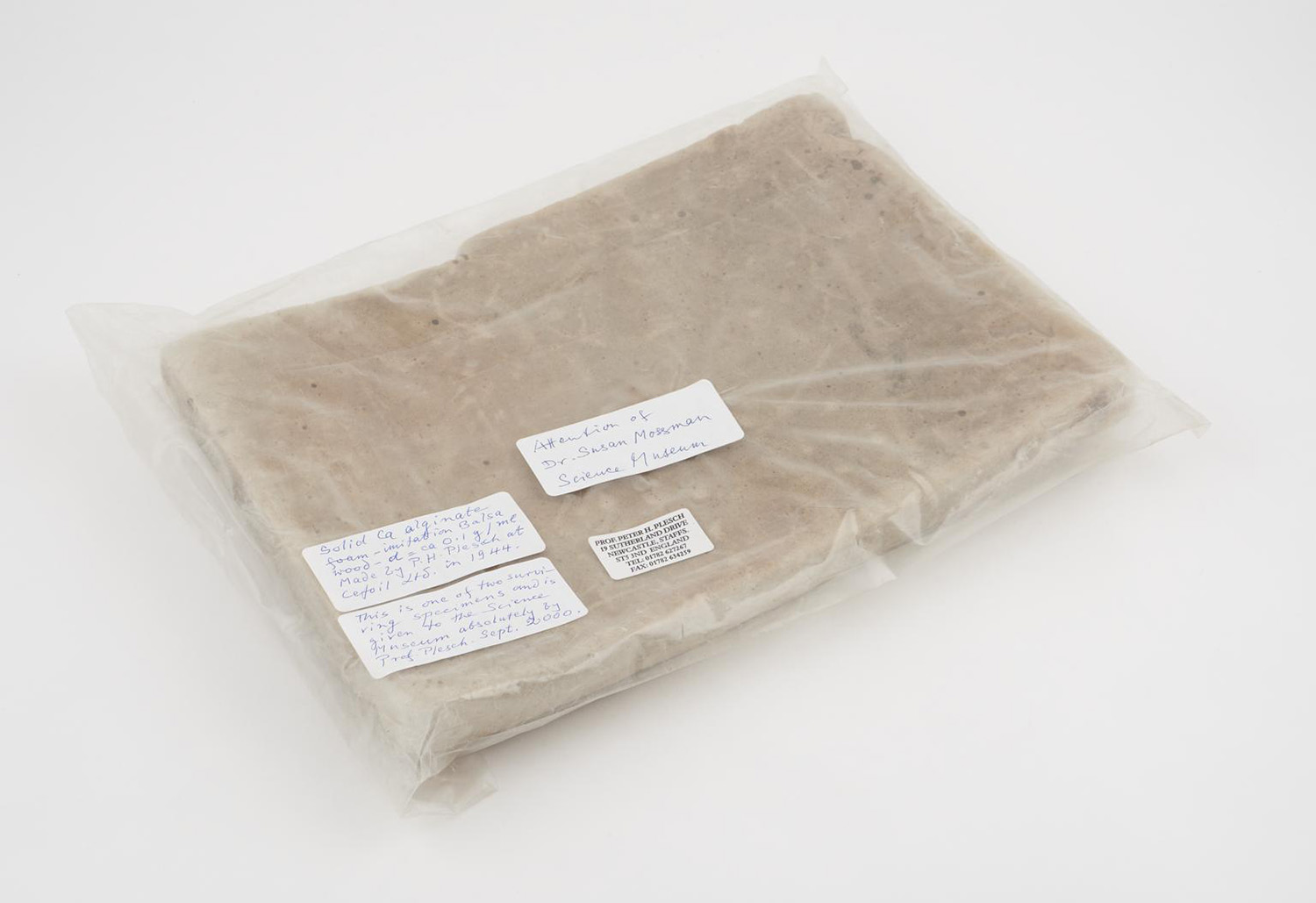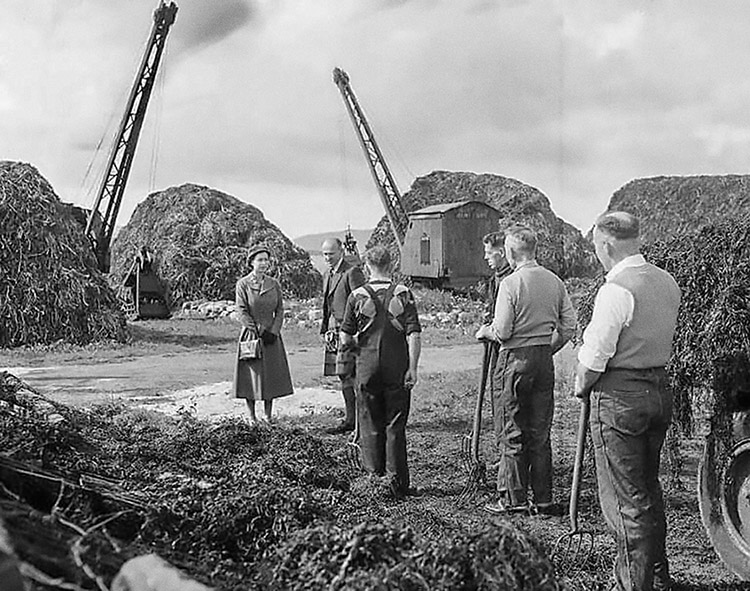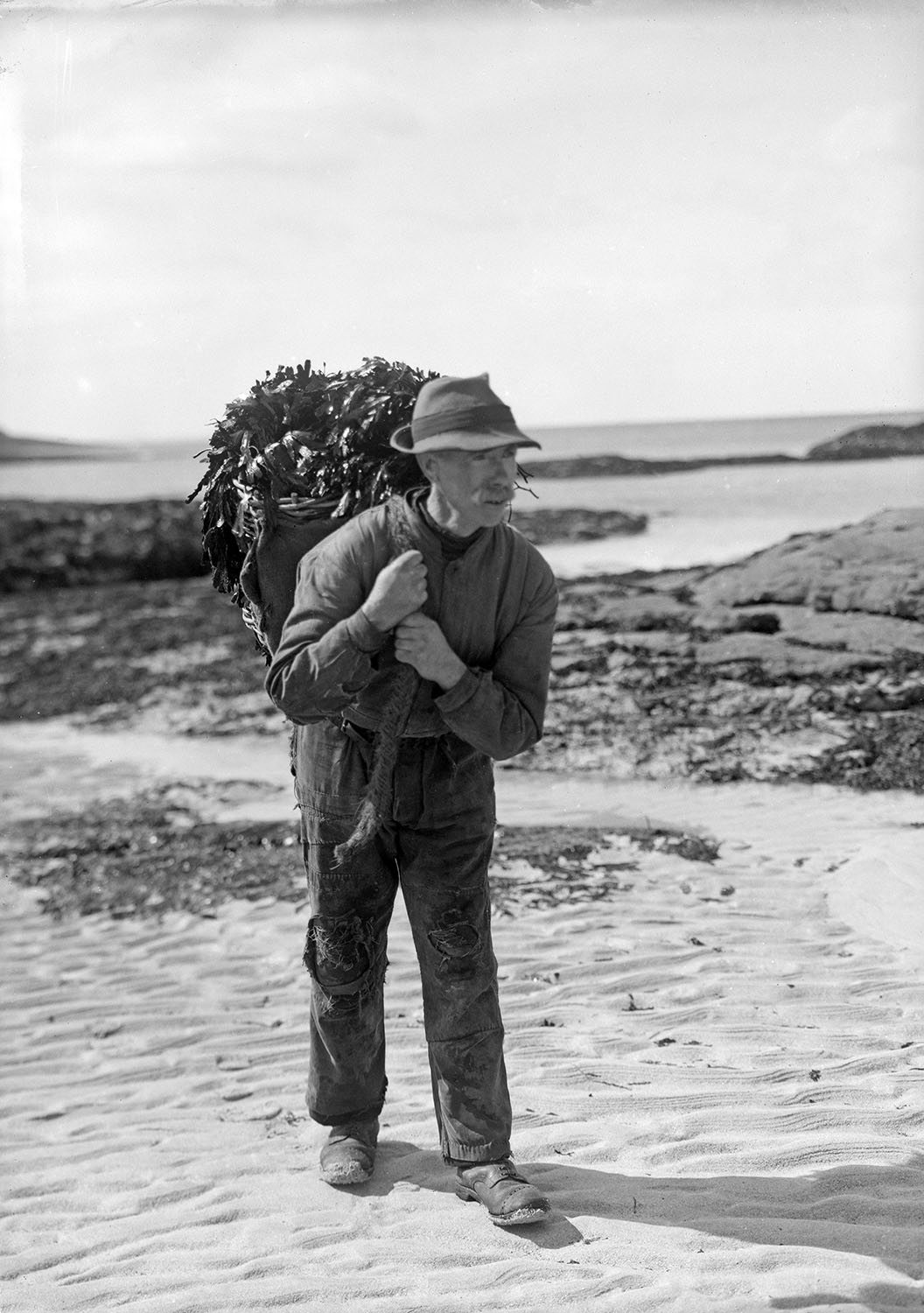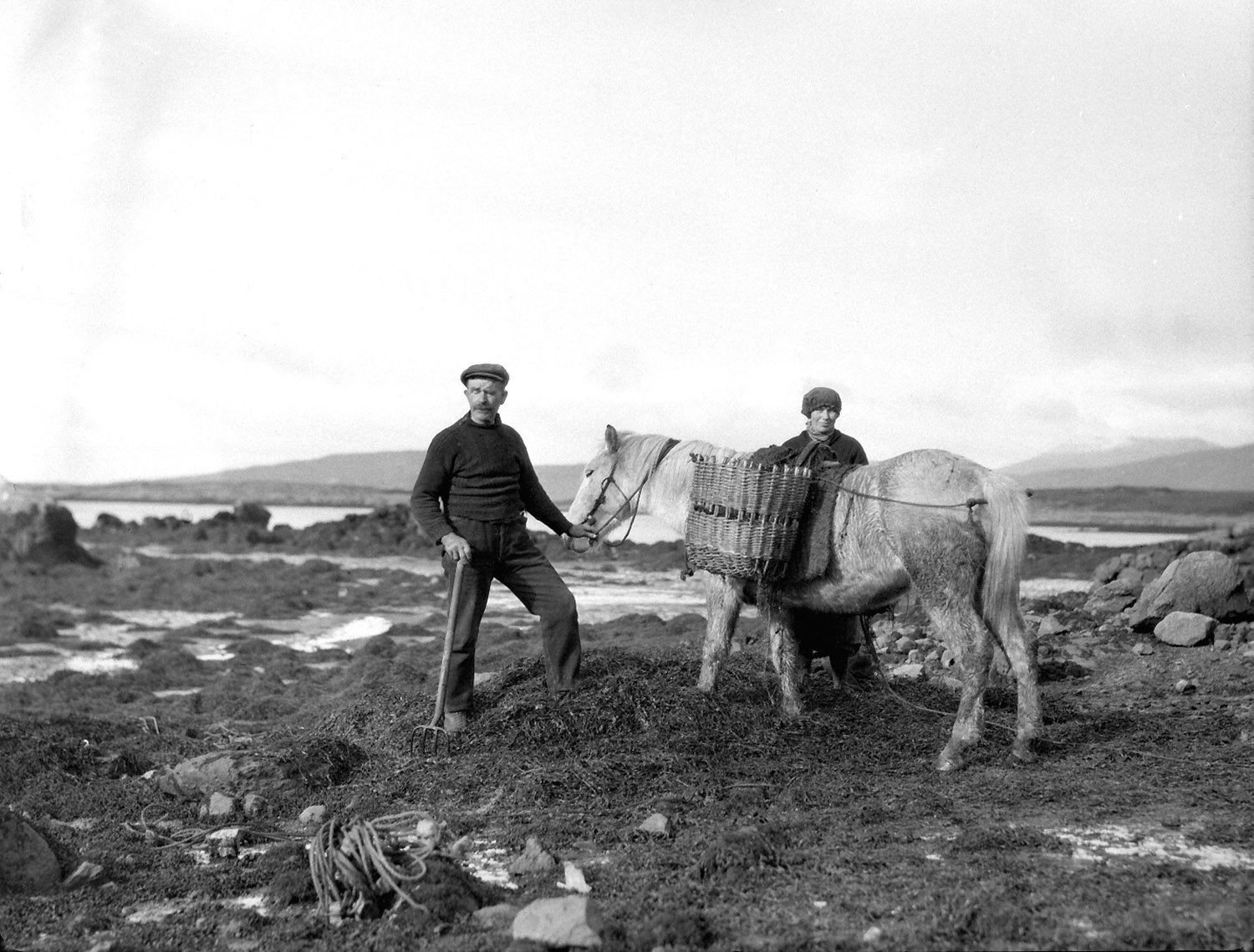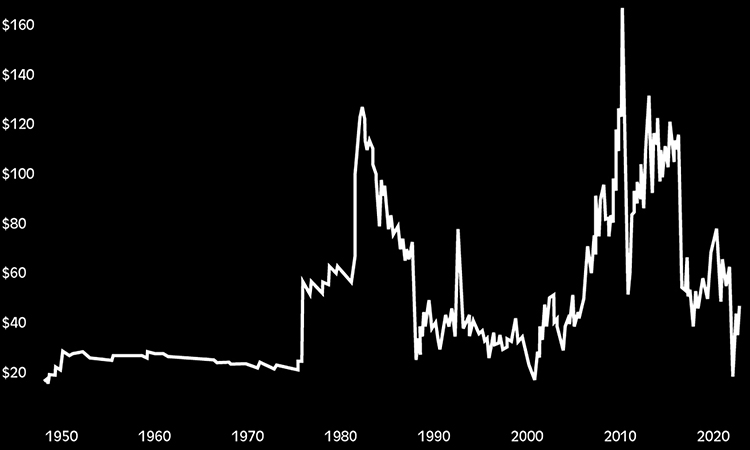Treasures of the deep
David Landsborough
David Landsborough, Treasures of the Deep; or Specimens of Scottish Seaweeds, Natural Order, Algae. 1854. Collection Herbarium Frisicum
Callithamnion Gracillimum from: David Landsborough, Treasures of the Deep; or Specimens of Scottish Seaweeds, Natural Order, Algae. 1854. Collection Herbarium Frisicum
Ulva Linza from: David Landsborough, Treasures of the Deep; or Specimens of Scottish Seaweeds, Natural Order, Algae. 1854. Collection Herbarium Frisicum
Oceans Gay Flowers from: David Landsborough, Treasures of the Deep; or Specimens of Scottish Seaweeds, Natural Order, Algae. 1854. Collection Herbarium Frisicum
From Sandgate from: David Landsborough, Treasures of the Deep; or Specimens of Scottish Seaweeds, Natural Order, Algae. 1854. Collection Herbarium Frisicum
Found August 1853, Delessaria Sanguinea from: David Landsborough, Treasures of the Deep; or Specimens of Scottish Seaweeds, Natural Order, Algae. 1854. Collection Herbarium Frisicum
David Octavius Hill & Robert Adamson, Presbytery Group 18: Irvine Presbytery. Rev. Matthew Dickie, Rev. David Arthur, Rev. Thomas Findlay, Rev. David Wilson, Rev. David Landsborough, 1843 - 1847. Collection National Galleries Scotland
In 1843, painter Davids Octavius Hill was commissioned to make a large painting depicting all 470 delegates from the newly established Free Church of Scotland. To complete this enormous task and to make an equal portrait of everyone, he turns to a new technology; photography. The painting and photographs that Hill made with chemist Robert Adamson are early milestones in the development of photography. Rev. David Landsborough is on the lower right.
Detail from David Octavius Hill, The Disruption Assembly, 1866, with in the middle Rev. David Landsborough.
David Octavius Hill, The Disruption Assembly, 1866, with upper right in the middle Rev. David Landsborough.
The garden of the Stevenston High Kirk. Rev. David Landsborough was an enthusiastic "naturalist", he observed and wrote a lot about nature. When he seceded from the Church of Scotland, the loss of this garden was hardest for him.
The location of the the new free church that Rev. Landsborough established was right on the seaside and had no garden. But from then on he considered the sea as his garden. From then on he focused on studying seaweeds. The new church has since disappeared, there is now a parking lot.
• • • • • •
View of Tropodo, Indonesia
-7.436262, 112.578438
Tropodo, Indonesia
7°25'24.7"S 112°34'44.9"E
Tofu factory in Tropodo, Indonesia
7°25'16.0"S 112°34'48.4"E
Tropodo, Indonesia
7°25'39.0"S 112°34'50.0"E
The tofu makers from Tropodo, Indonesia, use paper and plastic to fire their stoves. With rising fuel prices, paper and plastic from the US and Europe is a cheaper option. The prices for waste paper and plastic have fallen so much that the providers are investing money on them. This inexpensive option keeps the tofu affordable.
• • • • • •
Ca alginate foam
Peter Plesch
Slab of solid Ca alginate foam. Made in imitation of balsa Wood (as a substitute for use in the Mosquito Aeroplane). Density is ca. 0.1g/ml. Made by P.H. Plesch at Cefoil Ltd, 1944. Collection Science Museum London.
De Havilland Mosquito FB Mark XVIII
'It makes me furious when I see the Mosquito … I turn green and yellow with envy … The British, who can afford aluminium better than we can, knock together a beautiful wooden aircraft that every piano factory can build over there.'
Hermann Göring, 18 March 1943
Queen Elizabeth visits the Alginate Industries plant in South Uist, Scotland, 15 August 1952
Suas an fheamainn their na seòid, O, gu bheil òrsna sgeirean sin.
Up with seaweed the lads will say, O, for there’s gold on those rocks.
Crofters gather seaweed to fertilise the land.
Margaret Faye Shaw, ca. 1932.
• • • • • •
In white the global production of seaweed, in 2015 31 million tons.
Dashed line shows global plastic production, In 2018 359 million tons.
For comparison, scientists estimate the full weight of mankind at 60 million tons.
Plastic export prices in dollars per tonne per pollution level.
In January 2018, China stops importing plastic.
High Density Polyethylene
In dollars per ton in North West Europe.
Crude oil per barrel in dollars.











